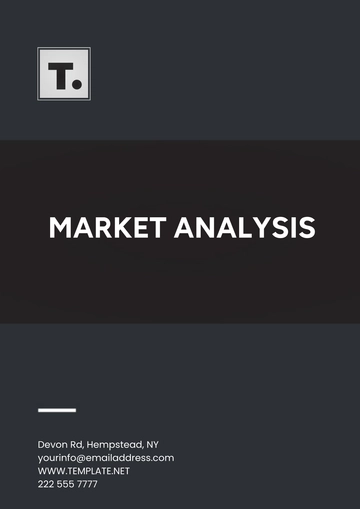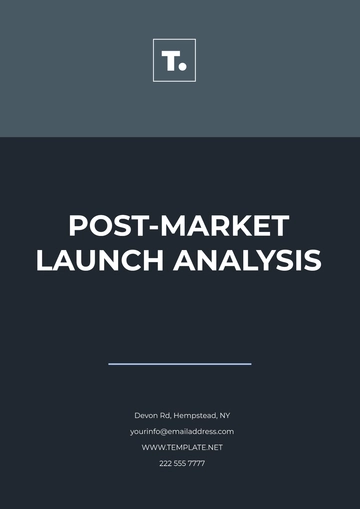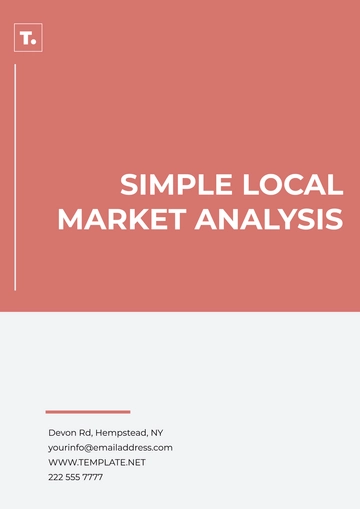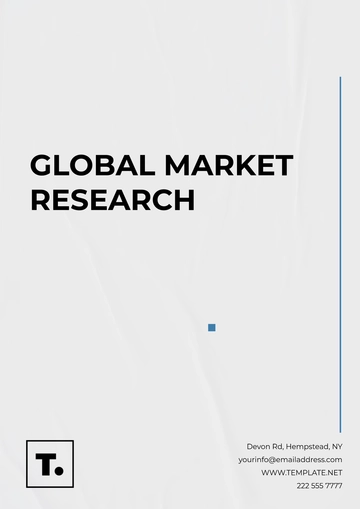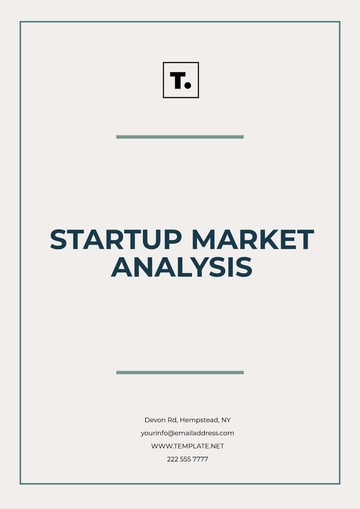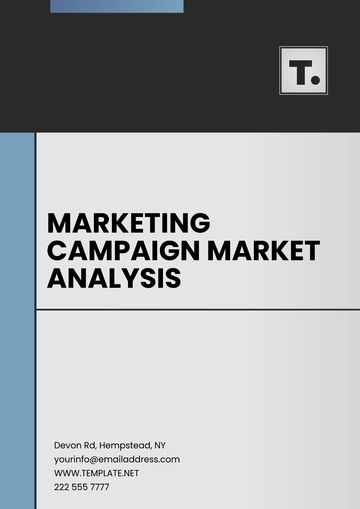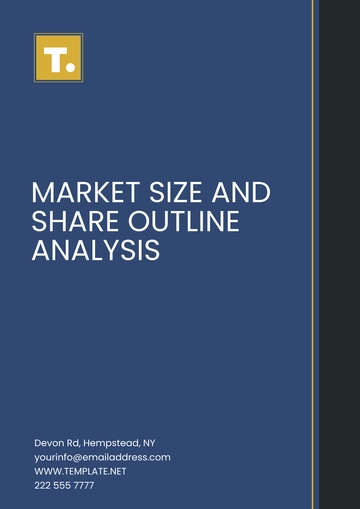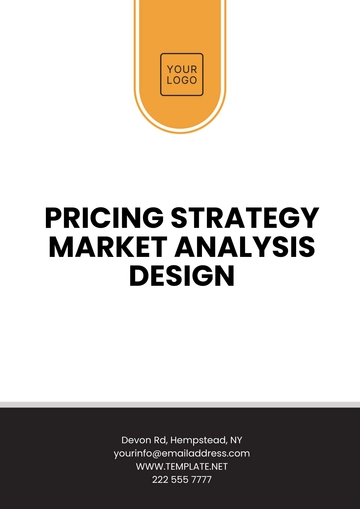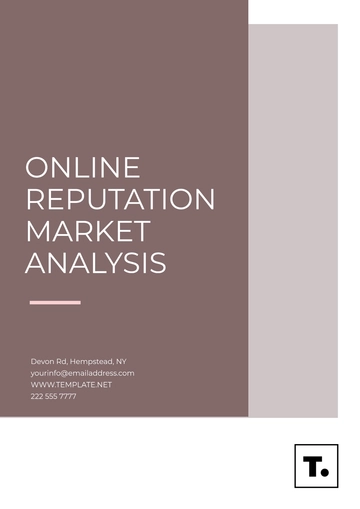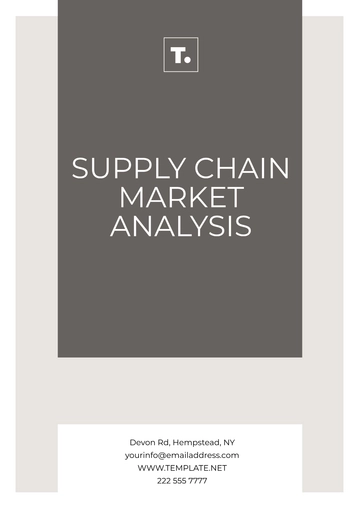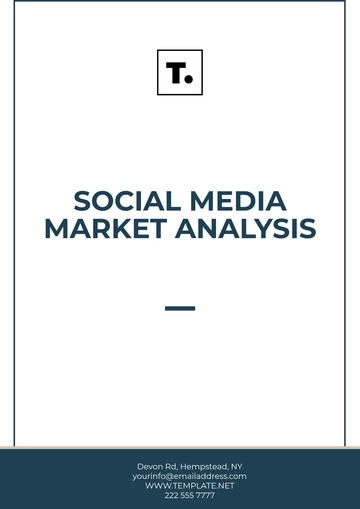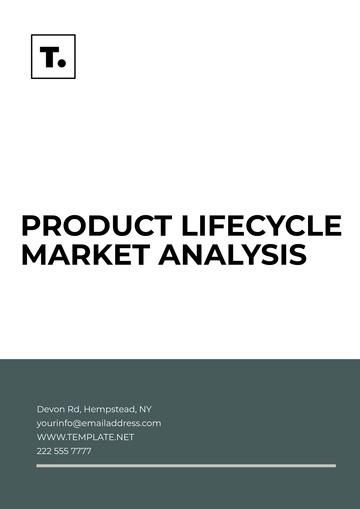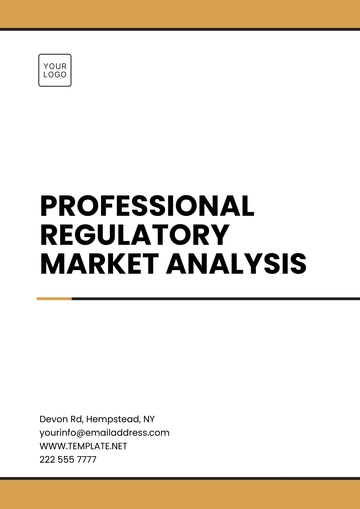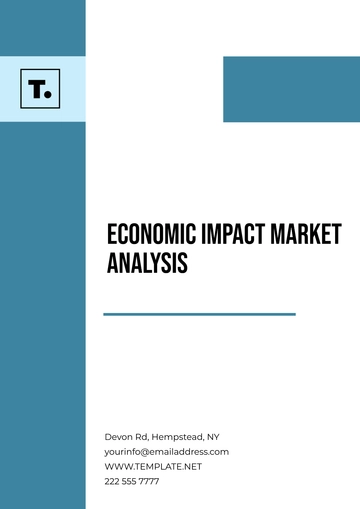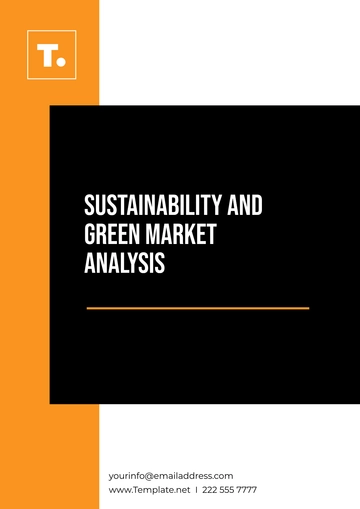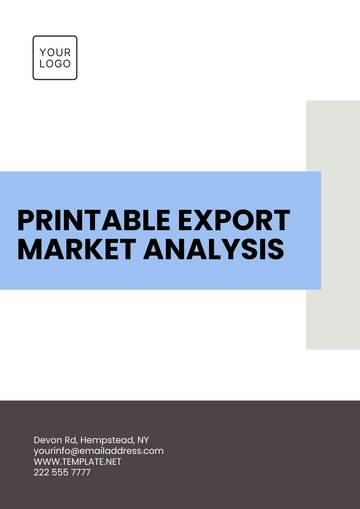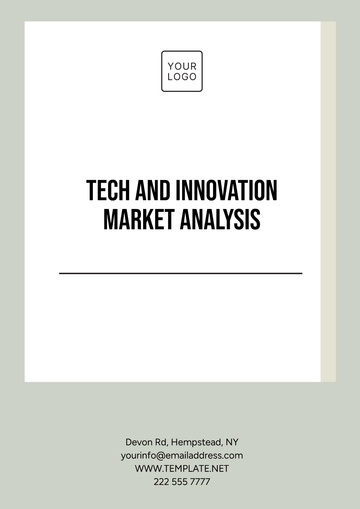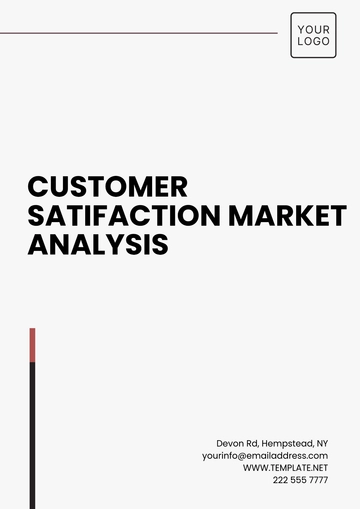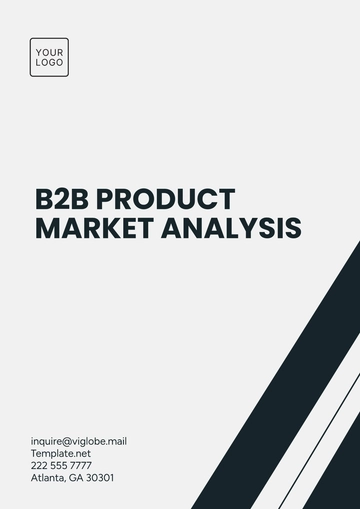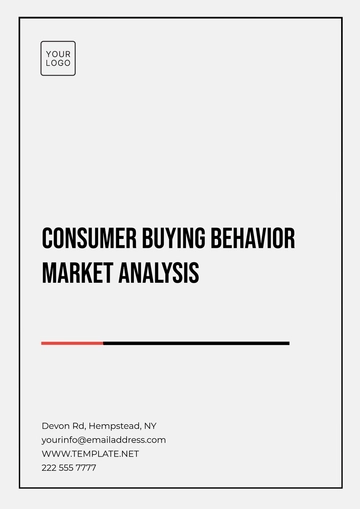Free Marketing Organic vs. Paid Traffic Analysis
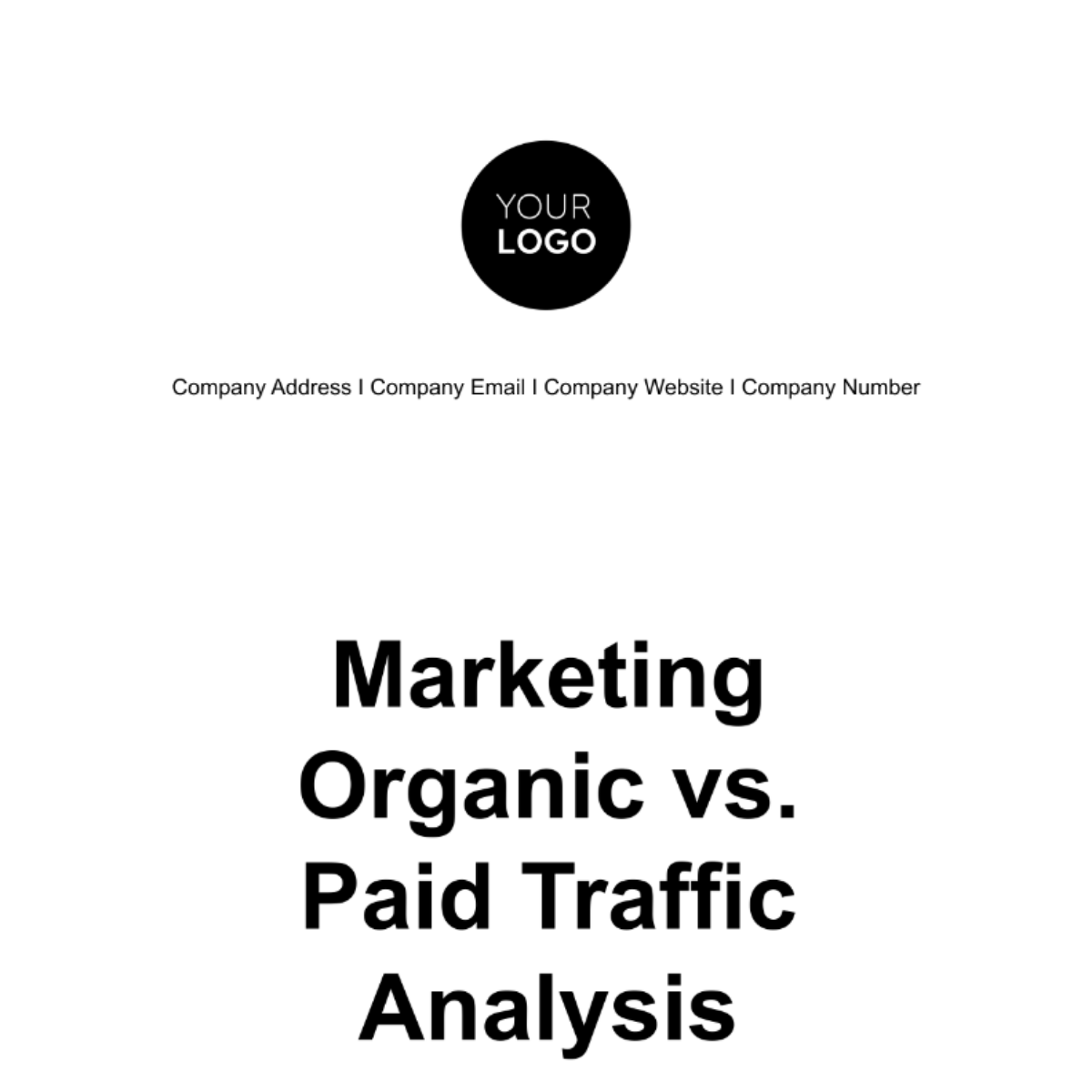
Introduction
In today's dynamic digital landscape, successful marketing necessitates a multifaceted approach. This approach should encompass a combination of organic and paid traffic sources, both of which are integral components of our marketing strategy. Our organization recognizes the significance of driving traffic, fostering user engagement, and converting visitors into customers. To achieve these goals effectively, we have employed two key strategies: organic traffic, which stems from our efforts in search engine optimization (SEO) and content marketing, and paid traffic, which we acquire through targeted advertising campaigns.
I. Data Sources
Google Analytics: This powerful tool provides a comprehensive overview of our website traffic, offering detailed insights into user behavior, page views, and conversion metrics. Google Analytics helps us understand how visitors interact with our digital platforms.
Advertising Platforms: Paid traffic data is obtained from advertising platforms such as Google Ads, Facebook Ads, and other relevant advertising networks. These platforms supply data on ad performance, including impressions, clicks, and costs.
SEO Tools: To evaluate and optimize our organic traffic, we rely on SEO tools to assess keyword performance, track search engine rankings, and monitor our backlink profile. These tools offer valuable insights into our search engine optimization efforts.
Internal Records: Our internal database contains historical data on past marketing campaigns, expenses, and revenues. These records are essential for understanding the context and performance of our marketing efforts over time.
II. Key Metrics
The key metrics that form the foundation of our analysis include:
Traffic Volume: Traffic volume refers to the total number of visitors to our website. This metric is crucial as it helps us gauge the overall reach and visibility of our digital platforms.
Conversion Rate: Conversion rate represents the percentage of visitors who take desired actions, such as making a purchase, signing up for a newsletter, or completing any other predefined goal. It's a pivotal metric for assessing the effectiveness of our marketing efforts.
Cost Per Click (CPC): CPC is a vital metric for our paid traffic analysis. It quantifies the cost incurred for each click on our paid advertisements. Understanding this metric is essential for optimizing advertising budgets and campaigns.
Click-Through Rate (CTR): CTR is a key performance indicator for our paid advertising campaigns. It measures the percentage of users who click on an ad after viewing it. A higher CTR often correlates with more effective ad creatives and targeting.
Return on Investment (ROI): ROI is perhaps the most critical metric, as it directly relates to the financial success of our marketing efforts. It calculates the return on investment by comparing the revenue generated to the expenses incurred. ROI provides a clear picture of the effectiveness and profitability of our marketing campaigns.
III. Organic Traffic Analysis
Over the past six months, our website has experienced a steady increase in organic traffic. Our monthly organic traffic has grown by an impressive 30%, reaching an average of 50,000 unique visitors per month. This upward trend suggests that our SEO efforts and content marketing strategies have been successful.
The significant organic traffic growth over the last six months reflects our effective SEO strategies and content marketing efforts. The 30% increase indicates that our content is resonating with our target audience, and our efforts to enhance search engine visibility are yielding positive results. This growth is a testament to our commitment to producing high-quality, valuable content that attracts and engages users.
A. Traffic Sources
Our organic traffic is primarily derived from search engines, with 80% of organic visitors coming through Google, while Bing and Yahoo account for the remaining 20%. Furthermore, social media platforms such as Facebook and Twitter have also contributed 10% to our organic traffic, emphasizing the importance of a diversified traffic portfolio.
While Google remains the dominant source of organic traffic, the contribution from Bing, Yahoo, and social media platforms underscores the significance of diversifying our traffic sources. This diversified approach mitigates our dependency on a single source and strengthens our overall web presence. Our growing presence on social media platforms is particularly encouraging, as it indicates that our content is being shared and resonating with our audience across various channels.
B. SEO Performance
Organic traffic heavily depends on our search engine optimization efforts. To gain insights into our SEO performance, we examine several key aspects, including:
Keyword Ranking Trends: We monitor and analyze how our target keywords are ranking in search engine results pages (SERPs) over time. This helps us identify keywords that are gaining visibility and those that may require further optimization.
Organic Search Traffic Growth: We track the growth of organic search traffic to measure the success of our SEO strategies. An increasing volume of organic traffic indicates that our website is becoming more visible to potential users.
Backlink Analysis: Backlinks are critical for SEO. We assess our backlink profile in terms of quantity and quality to understand how it influences our organic search performance. This analysis helps identify areas for improvement in building a robust backlink portfolio.
Our keyword ranking analysis reveals that we have improved our visibility for critical industry-specific keywords. For instance, our target keyword "Digital Marketing Trends 2023" has climbed from page 3 to page 1 on Google's search results, leading to a 25% increase in traffic for that specific keyword. We've also secured high-quality backlinks from authoritative industry websites, which has had a positive impact on our SEO efforts.
The improved keyword rankings, especially for "Digital Marketing Trends 2023," demonstrate the effectiveness of our SEO efforts. Moving from page 3 to page 1 is a significant achievement, as it means we are capturing a larger share of users actively searching for this keyword. The 25% increase in traffic for this keyword is a testament to the power of effective SEO in attracting targeted traffic. The acquisition of high-quality backlinks indicates that our content is gaining recognition and credibility within our industry.
C. Content Analysis
Our top-performing content pieces are our blog posts and how-to guides. "The Ultimate Guide to Content Marketing" and "10 SEO Strategies for Small Businesses" have emerged as the most engaging articles. These posts have an average time on page of 4 minutes, and a 12% conversion rate, where users are primarily subscribing to our newsletter. We intend to replicate the success of these articles by creating more in-depth guides in the future.
The success of "The Ultimate Guide to Content Marketing" and "10 SEO Strategies for Small Businesses" is a clear indicator of the type of content that resonates with our audience. These articles have not only captured users' attention but have also converted a significant portion of readers into newsletter subscribers. This insight informs our content strategy to produce more in-depth, informative guides that provide value to our audience and encourage engagement.
IV. Paid Traffic Analysis
During the last quarter, our paid traffic has demonstrated robust growth, largely driven by strategic advertising campaigns. We have witnessed an overall 40% increase in monthly paid traffic, with a total of 10,000 monthly clicks on our advertisements. This surge underscores the effectiveness of our paid advertising initiatives.
The substantial growth in paid traffic over the last quarter is a testament to the effectiveness of our advertising campaigns. The 40% increase in monthly paid traffic indicates that our strategies for reaching and engaging our target audience have been successful. This growth is particularly encouraging, as it signifies that our paid advertising efforts are paying off and that our campaigns are effectively capturing the attention of potential customers.
A. Advertising Campaigns
Our advertising campaigns have displayed varying levels of success. Notably, our "Spring Sale Campaign" on Google Ads outperformed expectations, achieving a 15% conversion rate and a 5x return on ad spend (ROAS). However, our Facebook Ads campaign "Summer Promo" did not perform as expected, with a higher cost per click (CPC) and lower click-through rate (CTR). We've made adjustments to this campaign to enhance its effectiveness.
The success of our "Spring Sale Campaign" demonstrates that well-executed advertising campaigns can yield remarkable results. The 15% conversion rate indicates that this campaign effectively engaged users and convinced them to take the desired action. The 5x ROAS is a clear indicator that the campaign was highly profitable. In contrast, the underperformance of our "Summer Promo" campaign on Facebook Ads highlights the need for continuous optimization and adaptation in the rapidly changing digital advertising landscape. It is essential to fine-tune ad creatives, targeting, and messaging to align with audience preferences.
B. Cost Analysis
In terms of cost analysis, our advertising expenses have been well-distributed across platforms. Google Ads accounted for 60% of our ad spend, while Facebook Ads and Instagram Ads each represented 20%. Our total advertising expenses amounted to $20,000 for the quarter, with an average CPC of $2. This budget allocation aligns with the effectiveness of each platform.
The well-distributed allocation of our advertising budget reflects our strategy of not putting all our eggs in one basket. Allocating 60% of the budget to Google Ads acknowledges its effectiveness in delivering results. Our average CPC of $2 suggests that we are efficiently managing our advertising costs, ensuring that we are not overspending on clicks. This balanced approach to cost management ensures that we can optimize our ROI while reaching a broader audience through various platforms.
C. Conversion Rates
We have observed varying conversion rates across our advertising campaigns. Google Ads, as mentioned, achieved a commendable 15% conversion rate, primarily attributed to its highly targeted keywords. On the other hand, our Facebook Ads campaign recorded a 7% conversion rate. To improve conversion rates for Facebook Ads, we are revising ad creatives and landing page content.
The differing conversion rates between our campaigns highlight the importance of tailoring ad creatives and landing pages to specific platforms and audience preferences. While Google Ads, with its 15% conversion rate, signifies that we have effectively targeted users with high purchase intent, the 7% conversion rate for Facebook Ads indicates an opportunity for improvement. By revising ad creatives and optimizing landing page content, we aim to enhance the conversion potential of our Facebook Ads campaign.
V. Comparison and Insights
The comparison of return on investment (ROI) between organic and paid traffic is insightful. While our organic traffic is highly cost-effective, contributing to a significant portion of our website traffic and conversions, paid traffic has proven equally beneficial due to its targeted nature. Notably, our Spring Sale Campaign on Google Ads achieved an impressive ROI of 400%, surpassing even our best-performing organic traffic sources.
The comparison between organic and paid traffic ROI underscores the multifaceted nature of our marketing approach. While organic traffic is a cost-effective foundation, paid traffic is instrumental in driving highly targeted conversions. The exceptional ROI of 400% for the Spring Sale Campaign on Google Ads showcases the potential for outstanding results in the paid advertising space. This insight encourages us to strike a balance between organic and paid traffic strategies, leveraging each channel's strengths to maximize overall ROI.
Campaign/Channel | Organic Traffic | Paid Traffic |
Total Traffic (Users) | 50,000 (30% +) | 10,000 (40% +) |
Conversion Rate (%) | 10% | 12% |
Average CPC ($) | - | 2 |
Click-Through Rate (CTR) (%) | - | 5% |
ROI (%) | 200% | 400% |
In this table, we've compared key metrics for both organic and paid traffic, allowing for a clear visual comparison of the two traffic sources in terms of traffic volume, conversion rate, average cost per click (CPC), click-through rate (CTR), and return on investment (ROI). The arrows indicate the percentage change in traffic over a specified time frame.
A. Channel Effectiveness
In assessing the effectiveness of our channels, organic traffic excels in building brand awareness and attracting a broad audience. In contrast, paid traffic has been pivotal for driving high-intent visitors, resulting in a greater number of conversions and revenue. Both channels are complementary, with organic traffic nurturing the top of the funnel and paid traffic converting prospects into customers.
The analysis of channel effectiveness highlights the symbiotic relationship between organic and paid traffic. Organic traffic plays a critical role in building brand recognition and attracting a wide audience to our content. In contrast, paid traffic is invaluable for capturing high-intent users who are closer to making a purchase. Recognizing the complementarity of these channels, we can optimize our strategies by aligning each channel's role with specific marketing objectives. This approach allows us to efficiently guide users through the customer journey, from brand awareness to conversion.
B. Keyword Analysis
Our keyword analysis reveals that long-tail keywords have proven highly effective in driving organic traffic, as they capture users with specific needs and interests. In contrast, our paid campaigns target high-intent keywords related to product purchases. An in-depth keyword analysis will guide us in refining our content creation and advertising strategies, further enhancing our overall traffic acquisition.
The keyword analysis provides valuable guidance for our content and advertising strategies. Recognizing the effectiveness of long-tail keywords in organic traffic acquisition, we can tailor our content to address specific user needs and interests. Simultaneously, focusing our paid campaigns on high-intent keywords enhances the potential for conversions. This keyword-centric approach ensures that our content and advertising align with user intent, improving the overall effectiveness of our traffic acquisition efforts.
VI. Recommendations
A. Budget Reallocation:
Given the high ROI of our paid traffic campaigns, we recommend reallocating a portion of the budget from organic efforts to maximize the impact of well-performing paid campaigns. This approach will allow us to scale our paid advertising initiatives effectively.
B. SEO Enhancement:
To maintain organic traffic growth, it's vital to continue investing in SEO. We recommend a comprehensive SEO audit to identify areas for improvement, focusing on optimizing on-page elements, enhancing the backlink profile, and targeting high-potential long-tail keywords.
C. Content Diversification:
Expand our content strategy to include more in-depth guides, infographics, and video content. This diversification will cater to varied audience preferences and enhance user engagement. Additionally, maintaining a content calendar will ensure consistency.
D. Ad Creative Refinement:
For paid traffic, we recommend ongoing refinement of ad creatives, incorporating compelling visuals and persuasive ad copy. This will increase click-through rates and overall campaign performance.
E. A/B Testing:
Implement A/B testing for landing pages and ad creatives to determine which elements yield the highest conversion rates. Regular testing and optimization are critical for maximizing ROI.
Conclusion
In conclusion, our Marketing Organic vs. Paid Traffic Analysis has provided valuable insights into the performance of both organic and paid traffic sources. We've observed significant growth in both areas, with organic traffic showing a steady increase, and paid traffic achieving remarkable results through strategic campaigns.
The comparison of ROI highlights the symbiotic relationship between these channels, emphasizing the importance of balancing our approach. Organic traffic is essential for building brand awareness, while paid traffic excels at capturing high-intent users.
The keyword analysis has informed us about the types of keywords that resonate with our audience, offering a clear path for content creation and advertising strategies.
Moving forward, we are poised to implement the recommendations outlined, with an emphasis on budget reallocation, SEO enhancement, content diversification, ad creative refinement, and rigorous A/B testing.
This analysis serves as a foundation for data-driven decision-making, optimizing our marketing strategies, and guiding resource allocation. By harnessing the strengths of both organic and paid traffic, we are poised for continued growth and success in the digital landscape.
Should you require any further clarification or wish to delve deeper into the recommendations presented in this report, please do not hesitate to reach out.
[Your Name]
[Your Title/Position]
- 100% Customizable, free editor
- Access 1 Million+ Templates, photo’s & graphics
- Download or share as a template
- Click and replace photos, graphics, text, backgrounds
- Resize, crop, AI write & more
- Access advanced editor
Elevate your marketing strategies with our Marketing Organic vs. Paid Traffic Analysis Template, available exclusively on Template.net. This editable and customizable tool empowers professionals to dissect keyword performance effectively. Utilize our AI Editor Tool to gain insightful analytics and optimize your digital campaigns effortlessly. Stay ahead in the competitive market landscape.
